- Home
- Graham Masterton
White Bones Page 13
White Bones Read online
Page 13
Dr Reidy nodded. “I’m sorry to say that it probably does. Judging from the condition of the tissues, it appears that the flesh was removed from both arms and both legs before death supervened. That explains the deep contusions around the biceps and the upper thighs. Your man applied tourniquets to prevent her from bleeding to death for as long as he possibly could.”
“No way to tell if she was anesthetized or not?”
“There was some aspirin residue in the stomach, but so far there’s no trace of any other painkillers or anesthetics.”
“Do you think a surgeon might have done this?”
“No, definitely not. The flesh was removed quite skillfully, I’d say, but this isn’t the work of anybody with professional surgical training. We’re talking about a talented butcher, most likely.”
Katie peered closely at the girl’s face. Part of her right cheek was missing, and she had nothing but dark holes for eyes. Dr Reidy said, “We’ve got most of her internal organs, but her heart’s missing. I can’t tell if that was deliberate or not.”
“Probably the crows took it.”
“Nobody’s claimed her yet, I gather?”
Katie shook her head.
“Well, not to worry. With what we have here, Dr Lambert should be able to produce a very acceptable likeness. So far I can tell you that she was approximately 5ft 10ins tall, well-nourished and physically fit, and that she probably weighed around 145 pounds, although I haven’t got all of her. She was blonde, aged between 21 to 24, and I suspect from the quality of her dentistry that she was American. Her teeth, in fact, are virtually perfect.”
“Anything else?”
“There are bruises on her wrists and ankles which indicate that she was handcuffed, and if you can find the handcuffs, I should be able to give you a positive identification. There are also some deep diamond-shaped impressions on her buttocks. It’s my guess that she was forced to lie for some considerable time on a bed without a mattress. Again – if and when you find the bed, I can almost certainly give you a positive ID, plus a DNA match. It was an older-style bed, I’d say – and, of course, she would have been bleeding so much that it would have been almost impossible for the perpetrator to remove every tiny fleck of blood.
“Something more – there are no traces of adhesive around her mouth, nor any bruising that might have been consistent with her being tightly gagged – although, as you can see, the skin around the mouth and lips was very severely traumatized when her face was skinned. There are no fragments of latex or tennis-ball flock in between her teeth, either, so she probably didn’t have a ball forced into her mouth to keep her quiet.”
“She wasn’t gagged? And she had the flesh cut off her arms and legs with nothing but a few aspirin to deaden the pain? God, she must have screamed.”
“She probably did,” said Dr Reidy, unblinking.
“That means that she must have been held somewhere isolated – in a place where nobody could hear her. Either that, or somewhere soundproof, like a cellar.”
“That would be my opinion.”
“How about the holes in the thighbones?”
“They were both drilled with a number 8 steel masonry bit. Brand-new, by the clean way it drilled through, and there are traces of thin oil, too. We’ve found some microscopic fragments of metal so we should be able to identify that, too.”
“All right,” said Katie. “You’ve got all the forensic evidence… all I have to do is find this monster and make an arrest.”
Dr Reidy draped two sheets over the autopsy tables. “That’s right, superintendent. I’d say you’ve got your work cut out for you, wouldn’t you?”
Jimmy O’Rourke knocked on her office door at 4:45 pm and said, “Boss? The Meagher’s Farm victim. We think we know who she is.” He held out an e-mailed attachment with a color photograph on it. Katie took it and held it under her desklamp.
It was datelined 6:00 pm the previous day, from the Santa Barbara Sheriff’s Department, 1745 Mission Drive, Solvang, California, and it was addressed to Garda headquarters in Phoenix Park. “We have received an urgent inquiry from Mr and Mrs Donald F. Kelly of Paseo Delicias, Solvang, regarding the whereabouts of their daughter Fiona Kelly who is currently undertaking a three-week solo backpacking tour of Co. Limerick, Co. Kerry and Co. Cork, in the Republic of Ireland. Ms Kelly arranged to contact her parents by telephone every two–three days in order to reassure them that she was safe. However – ”
Katie looked at the photograph. A young, bright, blonde-haired girl standing on a white-painted verandah, laughing.
“Fiona is 22 years old, 5ft 10ins tall, weighs 147 lbs. She is likely to be wearing blue jeans and a navy-blue windcheater with turquoise panels on the front. She is carrying a navy-blue Nike backpack.”
“Oh, shit,” said Katie.
At 9:25 pm, Katie spoke on the phone with Chief Deputy Fred Olguin of the Santa Barbara Sheriff’s Department.
“I have to warn you that we’re investigating a murder here. A young blonde girl who may be American.”
“I see. I’m real sorry to hear that. Naturally I won’t say anything to the Kellys yet awhile. But they’re pretty upset. It seems like Fiona always made a point of calling them, almost every afternoon.”
“I need a list of every location from which Fiona called her parents since she her arrival. Failing that, the telephone numbers.”
“I’ll get you all of that information, ma’am. Don’t you worry about that.”
The list came by e-mail only twenty minutes later, along with a map on which Mr and Mrs Kelly had been carefully tracing their daughter’s progress by marking red crosses on a map of the Irish Republic.
Katie asked Liam to call customs officers at Shannon and the Garda stations in Limerick, Killarney and Bandon. Within an hour she had built up a reasonably detailed picture of most of Fiona’s movements from the moment she had stepped off the plane from Los Angeles.
At 7:50 Dermot O’Driscoll came in with a blacky ham sandwich in one hand and a mug of tea in the other and asked how she was getting on. She nodded toward the map and the photograph of Fiona pinned up next to it. “I’ve got a really bad feeling this is our victim.”
“American, then? Not Irish.”
“Irish by ancestry.”
Gardaí called that evening at seven different bed-and-breakfasts where Fiona had stopped for the night, and interviewed every landlady. Almost every one of them said she was “very sweet, very friendly, and very trusting.” Mrs Rooney from The Atlantic Hotel in Dingle said, “She was so innocent I have to say that I was feared for her. Hitch-hiking isn’t safe like it used to be when I was young.”
The last call Fiona had made to her parents was from The Golden Shamrock bed-and-breakfast in Ballyvourney, near Macroom, which was less than an hour’s drive west of Cork City.
Just before 8:00 am the following morning, Garda John Buckley from Macroom talked to Denis Hennessy, who ran a newsagent’s and confectionery on the main Cork road. He had been tying up the previous days’ unsold newspapers when he saw Fiona hitch-hiking just outside his shop. “You wouldn’t forget her, you know? She looked like one of those girls in Bay Watch.” A dirty pale-blue pick-up had stopped for her, with the name C & J O’Donoghue Builders painted on the back.
By 11:05 am, Detective Garda Patrick O’Sullivan had tracked down Con and Jimmy O’Donoghue, two young brothers who ran their own building business in Mallow, 20 miles north of Cork. They were restoring a row of old Victorian cottages out near Cecilstown. They remembered stopping for Fiona just outside Macroom and offering to give her a lift as far as The Angler’s Rest pub a few miles south of Blarney.
“There’s nothing happened to her, is it? She was an angel all right.”
“Did she say where she was going?”
“Oh, sure. She was going to kiss the Blarney Stone. She couldn’t stop chattering on about it.”
Patrick called Katie on his cellphone. “Stay where you are,” Katie told him. “Talk to the
landlord at The Angler’s Rest and any of his customers who might have seen her. I’ll come out and join you.”
The autumn sun shone brightly in her rear-view mirror as she took the long straight road west out of Cork and headed for The Angler’s Rest. Most of the leaves had fallen now, and the landscape was lit in orange and red and yellow, as if she were looking at it through a stained-glass window.
Patrick was waiting for her in the pub car-park, with his windcheater collar turned up against the cold, and his breath smoking.
“You’ve talked to the landlord?” she said, climbing out of the car.
“He didn’t see anything, but there’s a fellow here who did.”
The fellow was sitting at the bar with a pint of Beamish in front of him and a whiskey chaser. He was small and red in the face, and the top of his head was curiously flat, as if you could have balanced a cup-and-saucer on it. He wore the jacket that had once belonged to a bronze-colored suit and the trousers that had once belonged to a dull blue suit.
“What’s your name?” Katie asked him.
“Ricky Looney. Like my father before me. He was Ricky Looney, too.”
The fire was crackling in the hearth and all of the drinkers in The Angler’s Rest were staring at Katie in shameless, unwavering curiosity. “Well, Ricky, my name’s Katie Maguire.” She produced the photograph of Fiona Kelly and held it up in front of his face. “Detective Garda O’Sullivan tells me that you saw this girl.”
“I did so.”
“Can you remember what day that was?”
“Not exactly, but it was the day that Cork lost the junior hurling to Killarney.”
“Thursday,” put in Patrick.
“That’s right. You’re right. That would be the day before Friday.”
“Were you sitting in here when you saw her?” asked Katie.
“I was, yeah.”
“So where was she?”
“She was across the road there, like. There was this blue pick-up like and she climbed out of it and crossed the road there, like. And I was watching her thumbing for a lift, you know.”
“And did she get a lift?”
“Oh, yes. Only a minute or two, and this big black car pulls up and in she gets, and that’s it like, she’s gone.”
“Do you know what make of car it was?”
“Mercedes, I’d say. With one headlight only.”
“You didn’t see the registration plate?”
He shook his head. “It was all covered up with mud at the back. Like he’d been driving it through a field.”
She put out a call for every black or dark-colored Mercedes to be pulled over and the drivers asked to account for their movements on Thursday last week.
Dermot O’Driscoll rang her back and he wasn’t at all happy. “We have a lorry strike blocking the Jack Lynch Tunnel tomorrow. If you stop every dark-colored Mercedes as well, it’s going to be chaos.”
“I’m on my way to Blarney, sir. I’ll talk to you later.”
“Katie – I want you back by five. I’ve arranged another news conference.”
“I’m sure you can handle that, sir. You know just as much as I do.”
“Katie – ”
“Sorry, sir. You’re breaking up.”
Katie and Patrick O’Sullivan arrived in the village of Blarney and parked outside the castle. Blarney was a tourist-trap, a small village with a supermarket, two big pubs that catered for thousands of foreign visitors in the summer, and souvenir shops selling Guinness T-shirts, leprechaun key-rings, and Waterford crystal goblets at £75 each. This afternoon, however, Blarney was almost deserted, with only one coach in the car-park.
Katie went to the castle ticket-office and produced the photograph of Fiona Kelly. The woman in the pay-booth said, “No, love, I’m sorry… and even if she was here, I wouldn’t recognize her. They’re all just faces, you know, one face after another.”
They walked through the grounds toward the castle itself. A giggling party of Japanese tourists were having their photographs taken on one of the wooden bridges, with the river beneath them sparkling with hundreds of pennies, where visitors had thrown them for luck.
After they had passed the Japanese, however, the lawns and the pathways were peaceful and chilly, with only the cawing of crows and the slowly-sinking sunlight. They climbed the steps that led to the foot of the dark 15th-century tower, but when they reached the entrance, Katie said, “That’s it, Patrick. You can go up to the top on your own. You won’t catch me climbing four hundred steps, even in the name of duty.”
She stayed by the souvenir shop until Patrick reappeared, sweaty and out of breath, in spite of the chill. “You took your time,” she chided him.
“I talked to the photographers,” he panted. “They don’t recall any girl like that kissing the Blarney Stone, not in the past two or three weeks. But they’re going to give me copies of every picture they’ve taken since Wednesday last. Like they said themselves, you can’t imagine an American girl coming here on her own and not having her picture taken, so that she could send it to her parents back home.”
“All right, Patrick. Good work. Make sure they send you those pictures asap. But my feeling is that she never got here.”
“The dark Mercedes?”
“More than likely. It’s only six kilometers from The Angler’s Rest to the middle of Blarney – don’t tell me that any innocent driver wasn’t going to bring her all the way.”
“So he took her off to Knocknadeenly and tied her up and killed her.”
“It looks like it, doesn’t it? And he took her somewhere very isolated. A cottage or a barn. A cottage is my guess. He couldn’t have tortured her and cut her up all in one night, so he would have needed somewhere to rest, and sleep, and make himself something to eat. A two-bedroom cottage, probably. Get onto the letting agents in Cork and Mallow and Fermoy.”
“Anything else?”
“Yes. I want a twenty-four-hour guard on Meagher’s Farm. And I want at least half-a-dozen squad cars out tomorrow morning, and have them knock at every door in Ballyhooly and Glanworth and Killavullen and Castletownroche. I want them to drive up and down every single side-road and stop at every single farmhouse and bungalow and outbuilding, no exceptions.
“Whoever did this, I want him found, Patrick, and very quickly.”
Patrick scribbled in his notebook with a blunt HB pencil, then clapped it shut and said, “Right. Sorry. What was that first thing you wanted me do?”
There was a message waiting for her when she arrived back at Anglesea Street. A virtual bouquet of red roses on her computer screen, with the message “I’m sorry, Katie. I’m such a gom sometimes. All my love Paul.”
She looked at it for a moment, and then she deleted it. She wished he hadn’t bothered. It would be so much easier not to love him if he didn’t keep giving her glimpses of what he had been like when they first got married.
26
Dr Reidy called Katie just after 10:30 on Wednesday morning and said, “Our victim is Fiona Kelly, not an ounce of a doubt.”
“You’re absolutely sure?”
“Oh, yes. The dental records match exactly.”
“All right, then. Anything more?”
“Not at the moment. I’m going to Hayfield Manor to have a belated breakfast. I find it hard to dissect when I’m hungry. By the way, what was the name of that Italian restaurant you recommended? I thought I might go there tonight.”
“Florentino’s, halfway down Carey’s Lane.”
Katie put the phone down. Fiona’s parents were due to fly to Ireland this afternoon, although Katie had warned Chief Deputy Olguin that even if the body was Fiona, there was no question of them being allowed to see her. She remembered seeing Seamus, in his little white casket. Her darling boy had looked so perfect that she almost expected him to open his eyes and smile at her.
Just before lunch, Jimmy O’Rourke came into Katie’s office with full-size photographs of more than twenty complete and partial foo
tprints from the field where Fiona’s body had been found. They had been made by a new pair of men’s rubber boots, size 10. She sent five detective gardaí to call at every shoe-shop and men’s outfitters in Cork, and before 5:00 pm they returned with a pair of Primark boots, which were exclusive to Penney’s, a large low-cost department store in Patrick Street. Penney’s had sold 27 pairs of this particular boot since they had gone on sale on October 12. Eleven customers could be traced through their credit or debit card records, but the remainder of the boots had been bought for cash. They were only €9.99, after all.
Katie sent her team back out to interview all eleven identifiable customers, but she had very little hope that the killer was among them. Not unless he actually wanted to be caught.
By 10:35 pm, the technical officers were back with information about a tire-track they had found in the muddy verge by the entrance to Meagher’s Farm. It had been a dry night when Fiona’s body had been arranged in the field, so there were no distinctive tracks on the asphalt that led up to the farm buildings. But the perpetrator had probably been driving without lights, and had turned into the farm gates a little too sharply, leaving a triangular impression 66mm long and 37mm wide. The tread had been checked against the database in Dublin, and it had been matched to a ContiTouring Contact CH95 all-season steel-belted radial, size 215/55R16. Among many other vehicles, this was the tire normally fitted to Mercedes-Benz E-series saloons.
The search of cottages and farmhouses in the Knocknadeenly area had so far proved fruitless, although one garda discovered an illegal still and more than 700 bottles of potcheen in a shed in Ballynoe; and another came across a borrowed CAT earth-mover hidden under bales of hay in Templemichael. The potcheen was confiscated and a low-loader was sent out to repossess the earth-mover, but no arrests were made. Katie needed all the public co-operation she could get.
She didn’t get home until the early hours of Thursday morning. As she took off her coat she heard screams and shouting from the bedroom. Paul must have fallen asleep in front of the television again. She went into the kitchen and switched on the light. Sergeant looked up from his basket resentfully, and yawned.

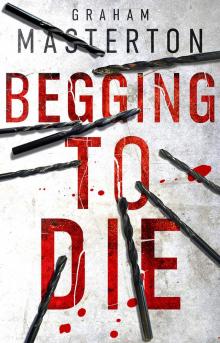 Begging to Die
Begging to Die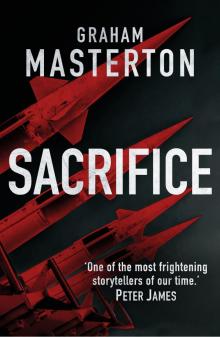 Sacrifice
Sacrifice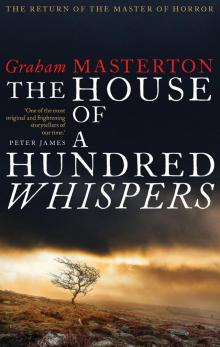 The House of a Hundred Whispers
The House of a Hundred Whispers The Sweetman Curve
The Sweetman Curve Famine
Famine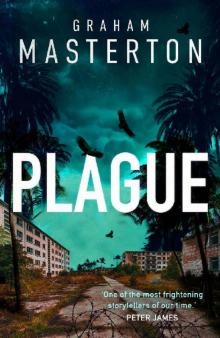 Plague: A gripping suspense thriller about an incurable outbreak in Miami
Plague: A gripping suspense thriller about an incurable outbreak in Miami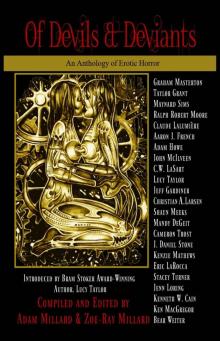 Of Devils & Deviants: An Anthology of Erotic Horror
Of Devils & Deviants: An Anthology of Erotic Horror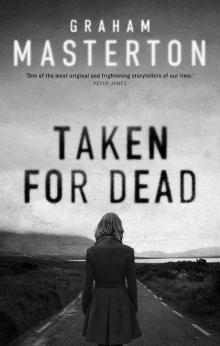 Taken for Dead (Kate Maguire)
Taken for Dead (Kate Maguire)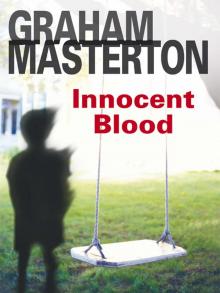 Innocent Blood
Innocent Blood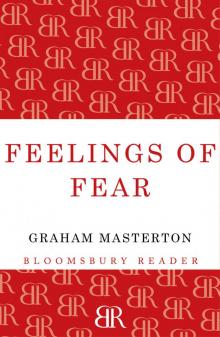 Feelings of Fear
Feelings of Fear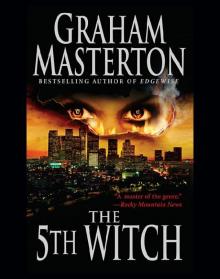 The 5th Witch
The 5th Witch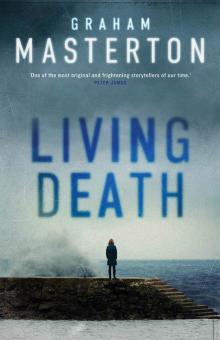 Living Death
Living Death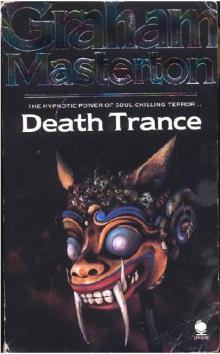 Death Trance
Death Trance The Devils of D-Day
The Devils of D-Day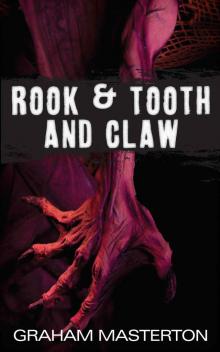 Rook & Tooth and Claw
Rook & Tooth and Claw Touchy and Feely
Touchy and Feely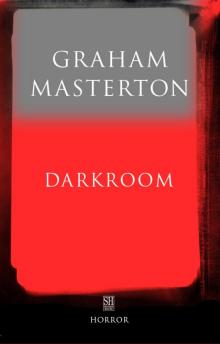 Darkroom
Darkroom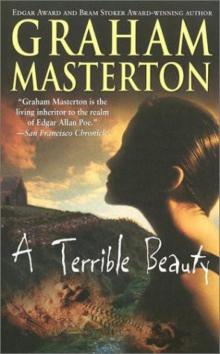 A Terrible Beauty
A Terrible Beauty Petrified
Petrified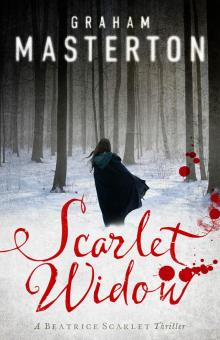 Scarlet Widow
Scarlet Widow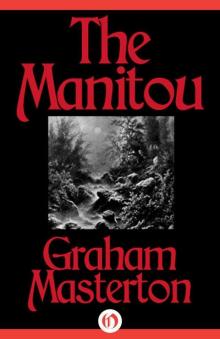 The Manitou
The Manitou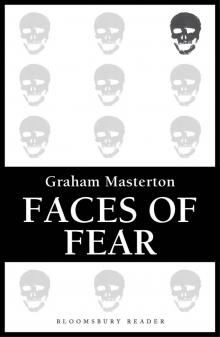 Faces of Fear
Faces of Fear The Doorkeepers
The Doorkeepers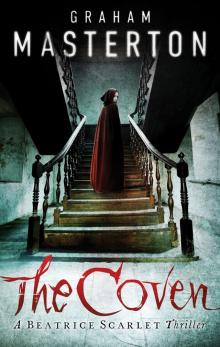 The Coven
The Coven Community
Community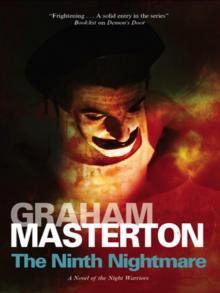 The Ninth Nightmare nw-5
The Ninth Nightmare nw-5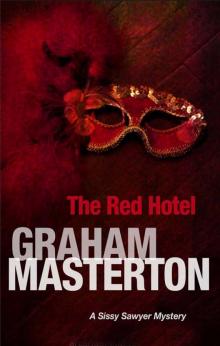 The Red Hotel
The Red Hotel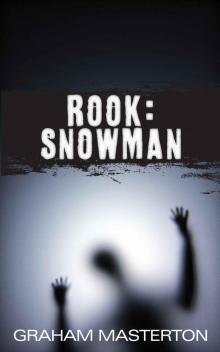 Rook: Snowman
Rook: Snowman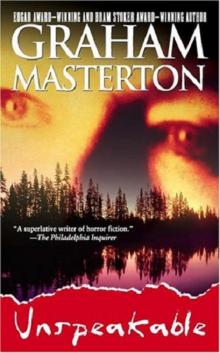 Unspeakable
Unspeakable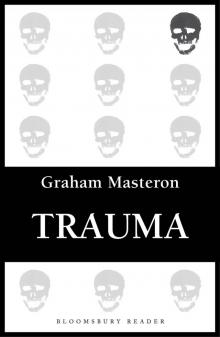 Trauma
Trauma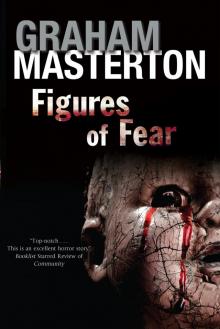 Figures of Fear
Figures of Fear Blood Sisters
Blood Sisters Ritual
Ritual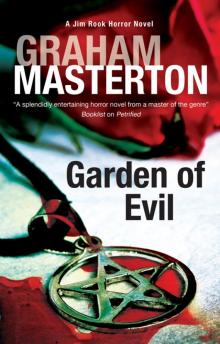 Garden of Evil
Garden of Evil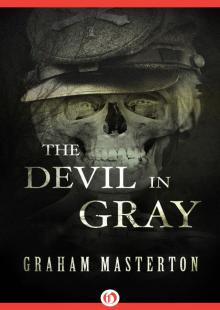 The Devil in Gray
The Devil in Gray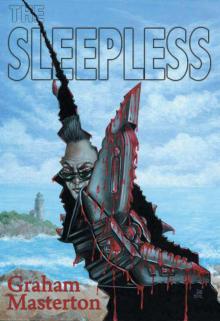 The Sleepless
The Sleepless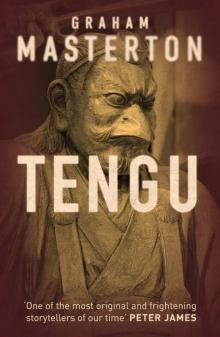 Tengu
Tengu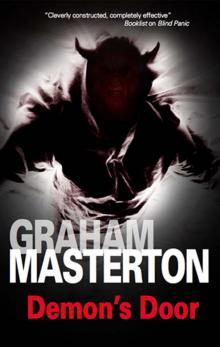 Demon's Door
Demon's Door Dead Girls Dancing
Dead Girls Dancing Red Light
Red Light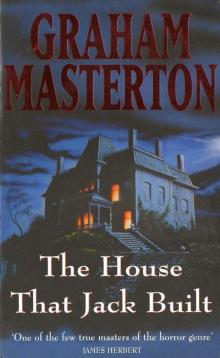 The House That Jack Built
The House That Jack Built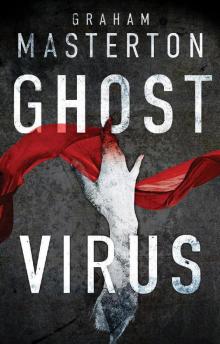 Ghost Virus
Ghost Virus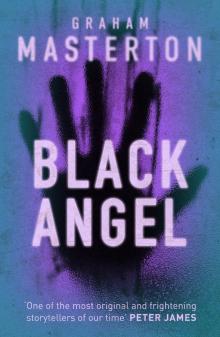 Black Angel
Black Angel Ghost Music
Ghost Music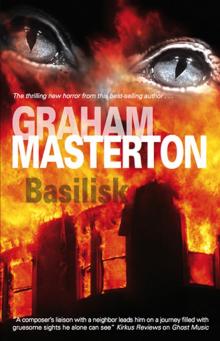 Basilisk
Basilisk Buried
Buried Swimmer
Swimmer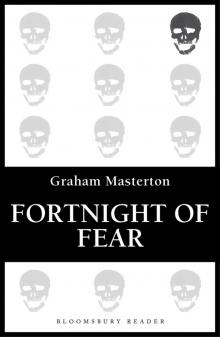 Fortnight of Fear
Fortnight of Fear House of Bones
House of Bones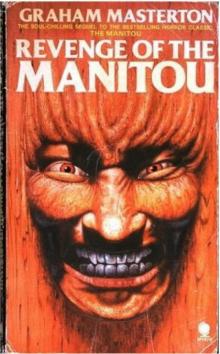 Revenge of the Manitou tm-2
Revenge of the Manitou tm-2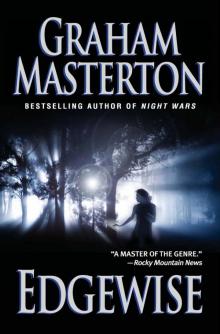 Edgewise
Edgewise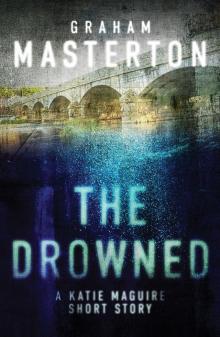 The Drowned
The Drowned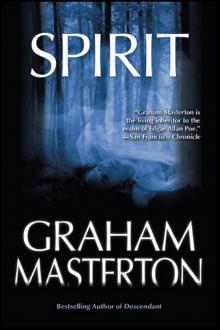 Spirit
Spirit Lady of Fortune
Lady of Fortune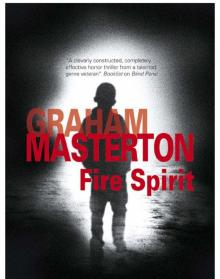 Fire Spirit
Fire Spirit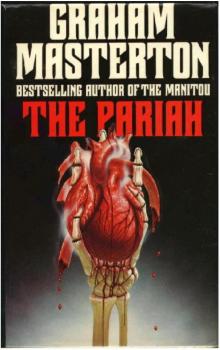 The Pariah
The Pariah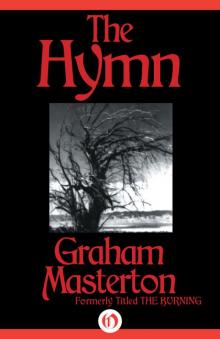 Hymn
Hymn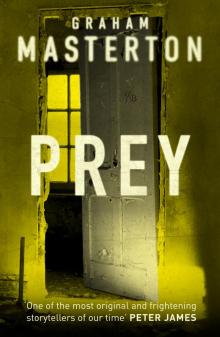 Prey
Prey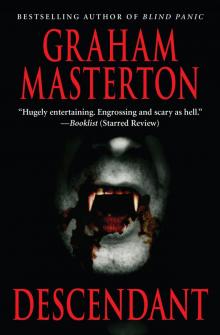 Descendant
Descendant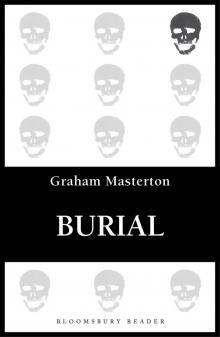 Burial
Burial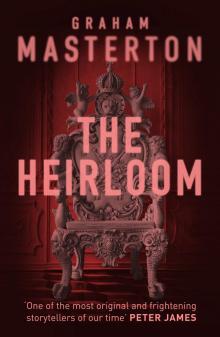 The Heirloom
The Heirloom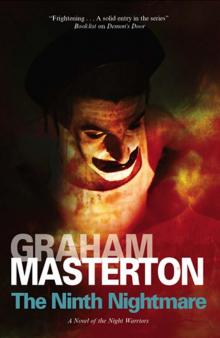 The Ninth Nightmare
The Ninth Nightmare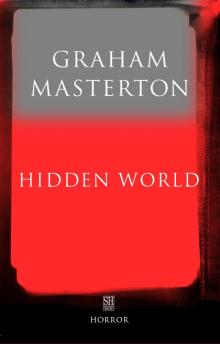 The Hidden World
The Hidden World Silver
Silver Festival of Fear
Festival of Fear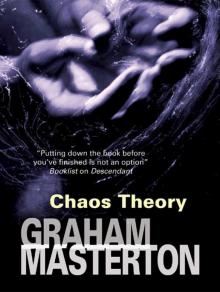 Chaos Theory
Chaos Theory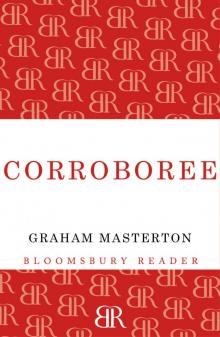 Corroboree
Corroboree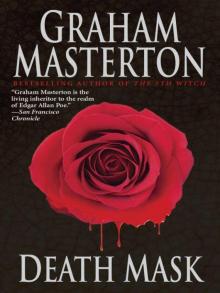 Death Mask
Death Mask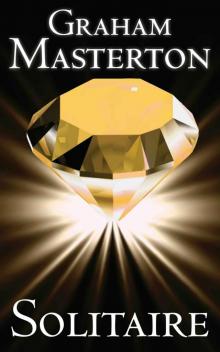 Solitaire
Solitaire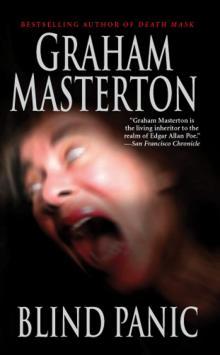 Blind Panic
Blind Panic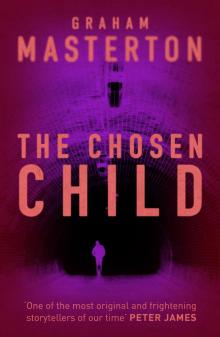 The Chosen Child
The Chosen Child Plague
Plague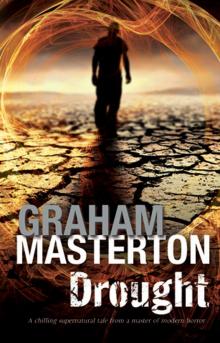 Drought
Drought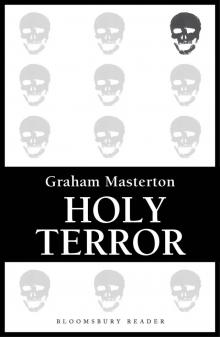 Holy Terror
Holy Terror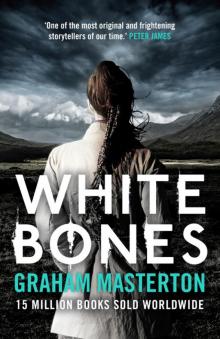 White Bones
White Bones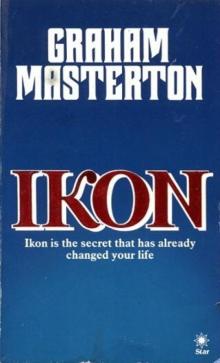 Ikon
Ikon Railroad
Railroad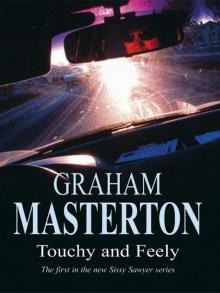 Touchy and Feely (Sissy Sawyer Mysteries)
Touchy and Feely (Sissy Sawyer Mysteries)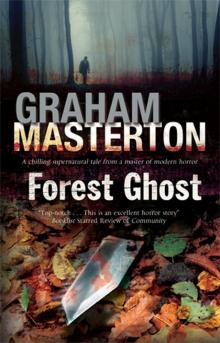 Forest Ghost: A Novel of Horror and Suicide in America and Poland
Forest Ghost: A Novel of Horror and Suicide in America and Poland Plague of the Manitou
Plague of the Manitou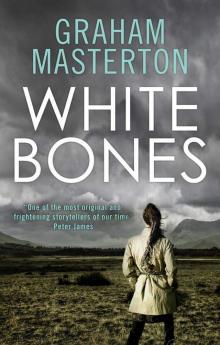 White Bones: 1 (Katie Maguire)
White Bones: 1 (Katie Maguire)